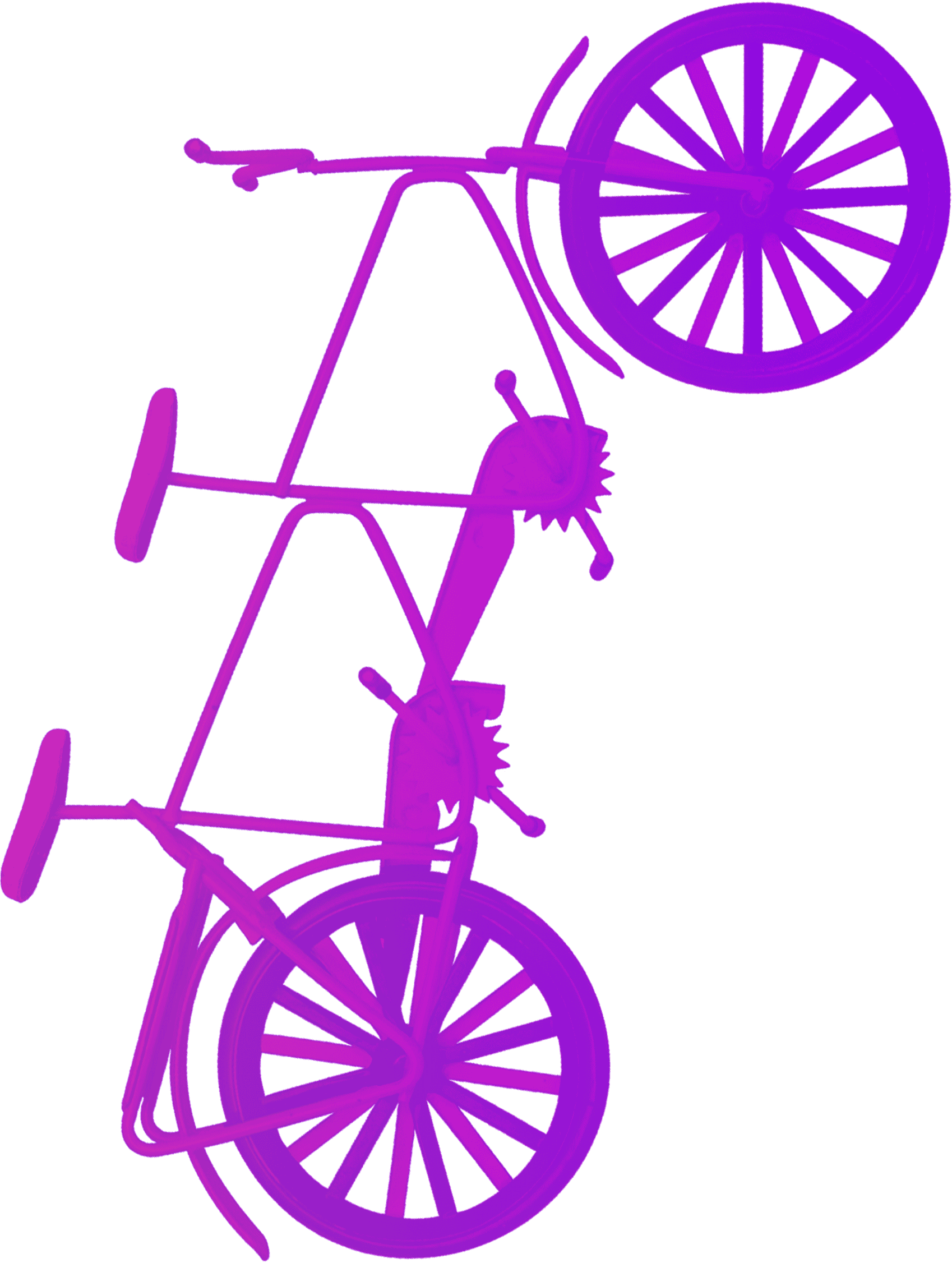Stock is one of the biggest assets. You could have hundreds of thousands, if not millions of pounds tied up in inventory.
So, when it comes to getting your audit done in this current, socially distanced climate, you’re probably scratching your head.
How can you count that stock? And how can your advisers visit to gather sufficient audit evidence to sign off your accounts down the line?
It’s a physical asset. So, you kinda need to be there. With government restrictions on travel stopping visits to company sites, that’s not possible. And if you can’t get sufficient audit evidence at the year end, you could face more time-consuming work in the future – and in the worst case, a fundamental gap in audit evidence which could result in a qualification to your audit report.
BUT IF COVID-19 HAS TAUGHT US ONE THING
It’s that innovation and new ways of working are never far away.
Companies and auditors are having to reinvent their evidence gathering methods. And the regulatory bodies, the Institute of Chartered Accountants in England and Wales (ICAEW), and the Financial Reporting Council (FRC), have made it clear that there’s nothing to stop tech-enabled, remote attendance at stocktakes from being used – provided a) sufficient audit evidence is obtained, and b) the risks of remote stocktaking are considered and addressed.
THE RIGHT TECH FOR THE JOB
These guidelines don’t mean you need the latest cloud-based CCTV, tracking system or drone equipment (although these have been used in some cases).
FaceTime, video calls and screen sharing are all commonly used, widely available, and ultimately, from our experience, effective.
HOW DOES A REMOTE STOCKTAKE WORK?
Your audit team will carry out a risk assessment, using what they already know about you, the nature of your stock, and the layout and locations of where it’s held.
The risk assessment will also cover any additional risks presented by using technology, such as poor signal or image quality, who’s controlling the camera, and how to get a tour of the full warehouse/location for completeness of evidence.
Finally, they’ll consider an appropriate sample size to count, and how they’ll check the inventory’s condition for any damage.
THEN, IT’S TIME FOR THE COUNT
It will take place remotely, so, rather than being physically present to observe and inspect, your auditor will undertake the count at the other end of a smartphone or laptop. And it will all be documented by taking photos, screenshots or video recordings.
Now, we can’t promise this will remove any need to physically visit the stock locations once the lockdown is lifted. Some form of follow up counting and additional work are likely to be necessary in some cases. And that decision will need careful consideration and judgment from your advisers.
But we can promise this: we’ll analyse your specific circumstances to come up with a solution together. One that will keep everyone safe, maximising audit quality and efficiency, and minimizing risk.




















